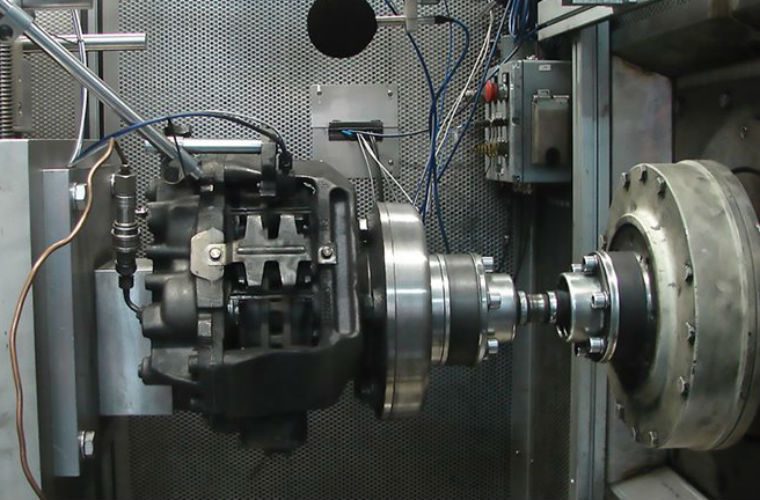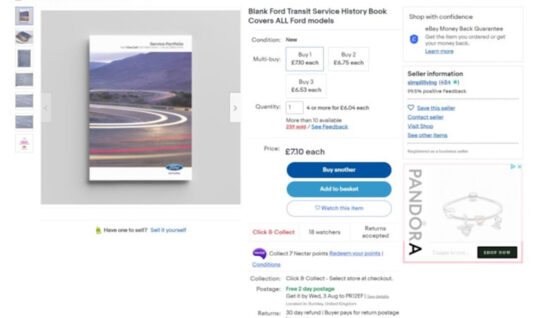Noise, vibration and harshness (NVH) is a critical focus in the automotive industry that engineers address at the earliest stage of the design process, including NVH generated by the braking system, which is why Apec has revealed tech tips on how to avoid NVH following pad replacement.
Apec matches or exceeds the specification of the OE pad and incorporates the original manufacturers’ beneficial features, such as chamfering the ends and/or adding slots to ‘tune’ the pad so it makes less noise.
An Apec spokesperson said: “Chamfers and slots change the natural frequency at which the pad oscillates, so it runs quieter than a pad which lacks these features.
“Various types of shims may also be fitted to the steel backing plate to further dampen vibrations between the pad and caliper.
“The shims act like a cushion, to absorb noise-producing vibrations.
“Pads may also be supported by anti-rattle clips or springs that minimise play between the pads and caliper, and further dampen vibrations during initial engagement of the pad.”
Apec products are usually fitted to vehicles that are several years old and have covered many thousand miles.
Consequently, the components around the brake pad are often worn, corroded or even missing, so even new pads may be noisy.
Tech tips
- Use a suitable copper-free brake grease, such as Apec brake grease, to lubricate the abutment points to ensure free movement and efficient braking. Avoid copper grease, as it can potentially effect ABS signals and encourages galvanic corrosion. This prevents the pad moving freely and can be another source of noise.
- If the discs are heavily scored or lipped, they too will need replacing or their rough surfaces can cause noise. Finally, ensure you clean the hubs before fitting new discs, and use a DTI to check for lateral runout. Replacing the discs without cleaning the hub surfaces can be a waste of time and money; a DTI reading greater than 0.08mm will lead to harshness in the form of brake judder.
Apec said: “Brake noise is nearly always caused by high frequency vibrations between the pads, caliper and brake disc.
“When stationary pads rub against a rotating brake disc, they glide like a hockey puck on ice.
“If there’s play between the pads and caliper, the pads can vibrate and chatter as they ride over the surface of the brake disc.
“Depending on the frequency of the vibration, this can create a high-pitched squeal.
“Your goal as a brake technician is to restore the brakes to as-new condition.
“That means assessing the condition of the discs, calipers and hardware to see if they need to be replaced.
“When you fit new Apec pads, ensure all corrosion is removed from the pad/caliper abutment points and fit new brake hardware.
“Springs can lose their tension by up to 50 per cent, causing the pad to oscillate and generate noise, so springs should be replaced whenever the pads are renewed.”
Apec offers a range of fitting kits, which include springs, to complement its pad range.
For further information about Apec, select ‘more details’ below.







